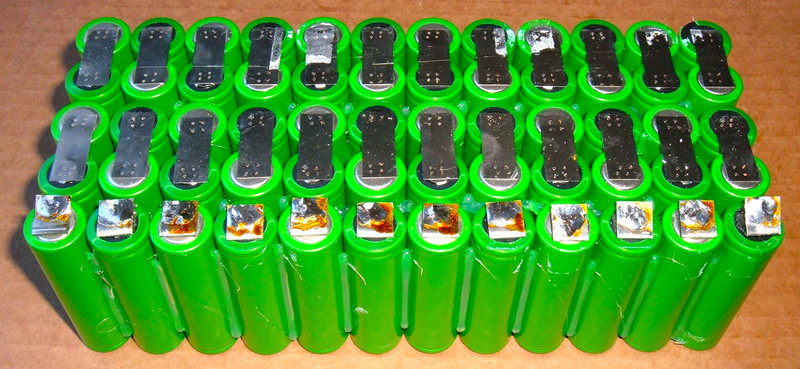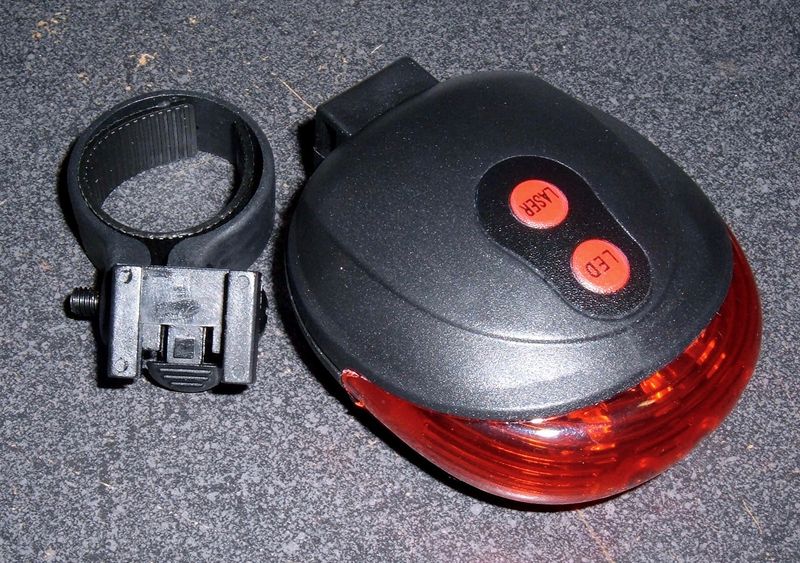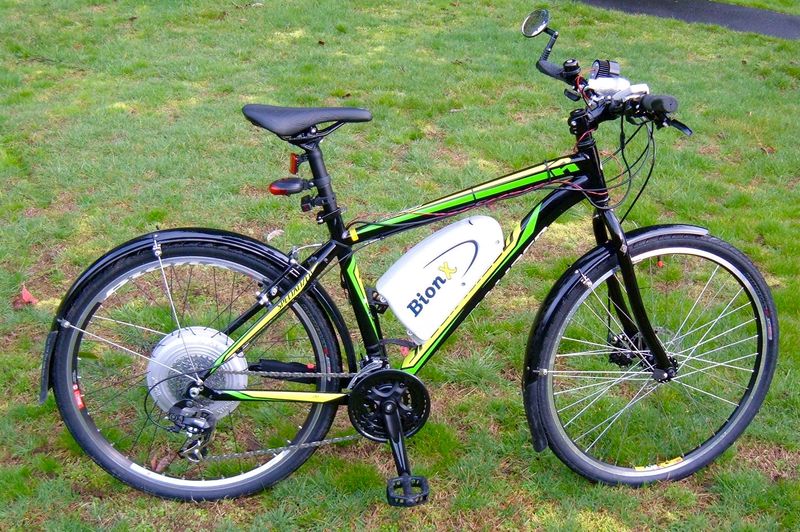It’s the end of February, 2016. The anti-Trump fortress of “Well, yeah, he’s got some support now, but there’s no way he can win the primaries” has been thoroughly overrun, and it’s occupants are beating a hasty retreat to the stronghold of “Well, yeah, he’s winning primaries, but there’s no way he can win the general!” Additional fallback positions may include “Well, he won the general, but he probably won’t live to be inaugurated” and the rather dismal cave of, “Well, shit.”
UK Censors, after being subjected to 10 hours and 7 minutes of literally watching paint dry in Charlie Lyne’s “Paint Drying,” were overheard saying, “It wasn’t that bad. It could have been footage from one of Hillary’s campaign stops.”
Cell Phones vs Electric Bikes
In another bit of news, an electric bike is not a cell phone or laptop. One of these categories gets old beyond just the batteries, and one of these categories would remain perfectly useful indefinitely, were it not for battery packs dying (like this BionX battery from 2008).
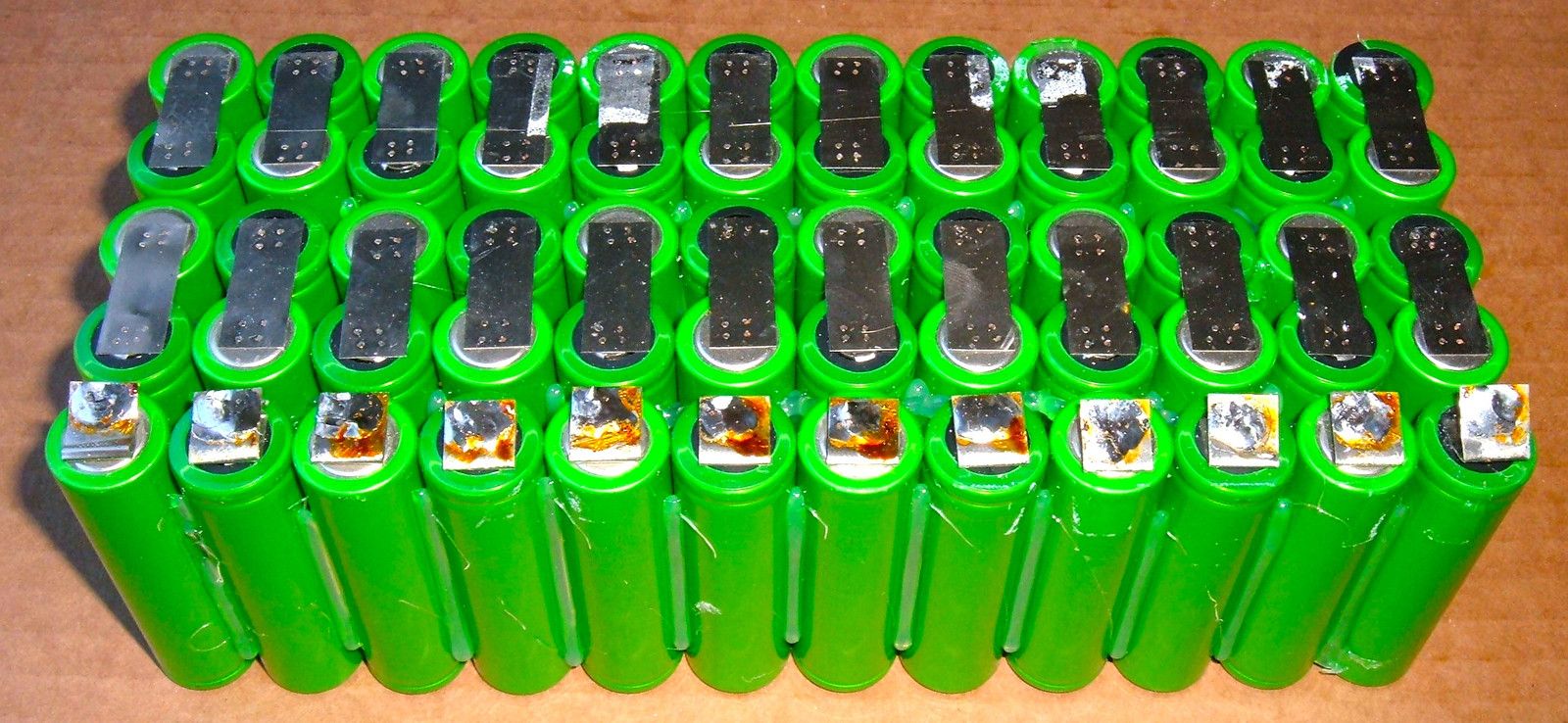
iFixit is a company that does teardowns of shiny new tech devices, many of which are rather difficult to repair. The vast majority of people don’t seem to mind, and talk about how repairability is an obsolete concept, and besides, the device is slow and crufty in a few years anyway.
I find remarkably few people who care about repairability in 2016. Which, I admit, works to my advantage. I can turn a tidy little profit repairing phones, replacing batteries, and generally fixing things instead of throwing them away. One man’s trash…
That said, when it comes to phones, I mostly agree. Technology keeps advancing, cell phones get slow at running the latest apps and websites, Apple doesn’t update old enough devices (though I’m currently impressed - the iPhone 4S from late 2011 is on iOS9), and if you’re an Android user, well, forget it - what it ships with is probably the only thing you’re going to get.
I think this is a problem, but clearly billions of people don’t. At least you can get replacement parts & batteries for old phones. If it was even a moderately popular phone or tablet, the parts to repair it are available. Maybe not OEM, maybe out of some some little back alley factory in China, but you can get the parts. eBay is wonderful for esoteric phone and laptop bits.
This “throw away device” approach to devices falls apart spectacularly when applied to transportation. From my (admittedly biased) viewpoint, electric bikes are particularly bad about being turned into scrap before their time due to one part.
The “problem” with electric bikes (and electric vehicles in general) is that a bicycle doesn’t get obsolete! It may break and need repairs, but it doesn’t get “obsolete” like a cell phone or computer does. An electric bike from 2008 that worked nicely for transportation in 2008 still works nicely for transportation in 2016 - if you can power it. The roads haven’t fundamentally changed in the last 7 years - or even the last 70 years.
The same is true of other forms of transportation - a car from the 1940s or 1950s is still quite capable of running safely and at speed on today’s roads, and bicycles from the 1920s or 1930s are perfectly useful today (a bit heavier than modern bikes, though I don’t think today’s carbon fiber bikes will be rolling in 2116).
The problem is that keeping an electric bike from 2008 (or earlier) running can be very, very difficult. At best, if it’s been used a lot (awesome!), the batteries are worn out from age and use. More typically, the batteries are totally dead from sitting off the charger for 6 months or a year (or three). This wouldn’t be a problem if replacement packs were available, but they’re not. Seriously. Go try to buy a new pack for a Trek Valencia Ride+. Or a Schwinn Tailwind. I’ll wait. They look like this.
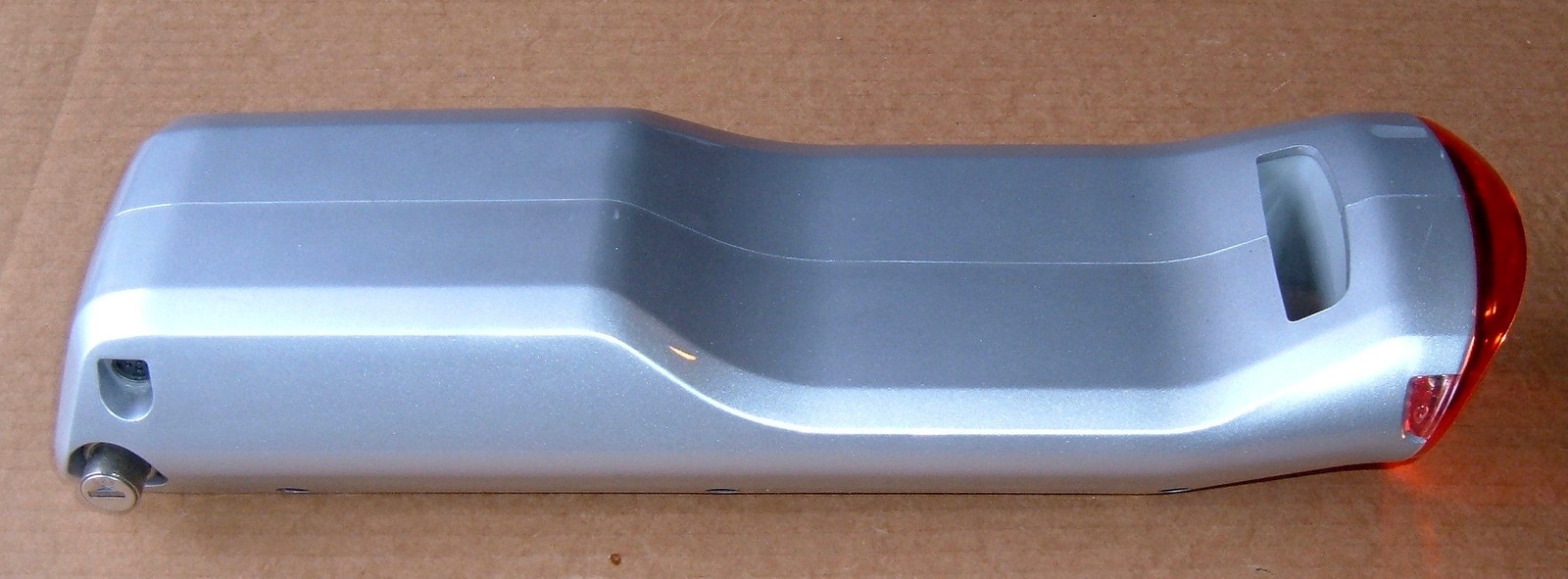
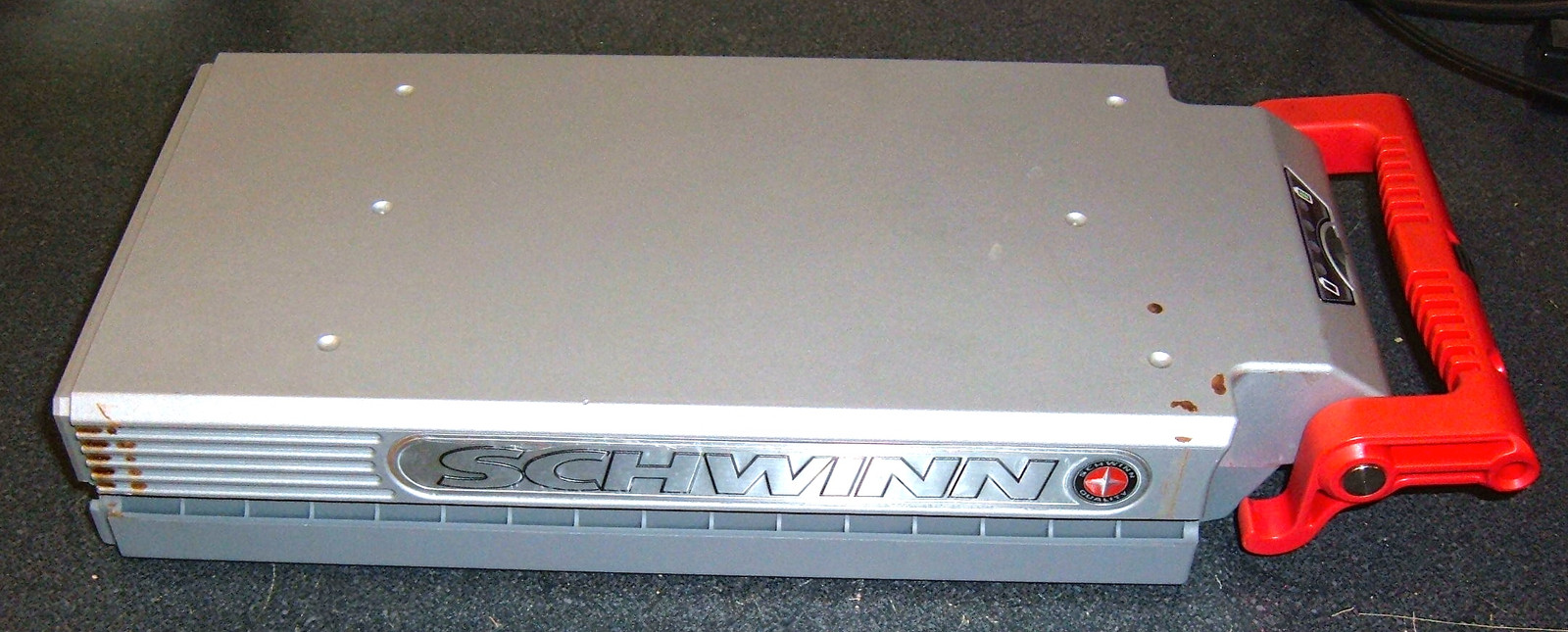
Options for a Dead Battery
If your battery is a simple “Volts & Amps” style battery with no communication other than voltage, the solution is easy. Go buy a new battery of similar voltage, connect it, and ride. You’ll either have more range for the same weight, or a lighter battery.
However, an awful lot of electric bikes from that era (and today is no better) have proprietary communication channels, fancy BMSs (that didn’t do their job, like this Tailwind BMS), and are generally not easy to swap out for something newer.
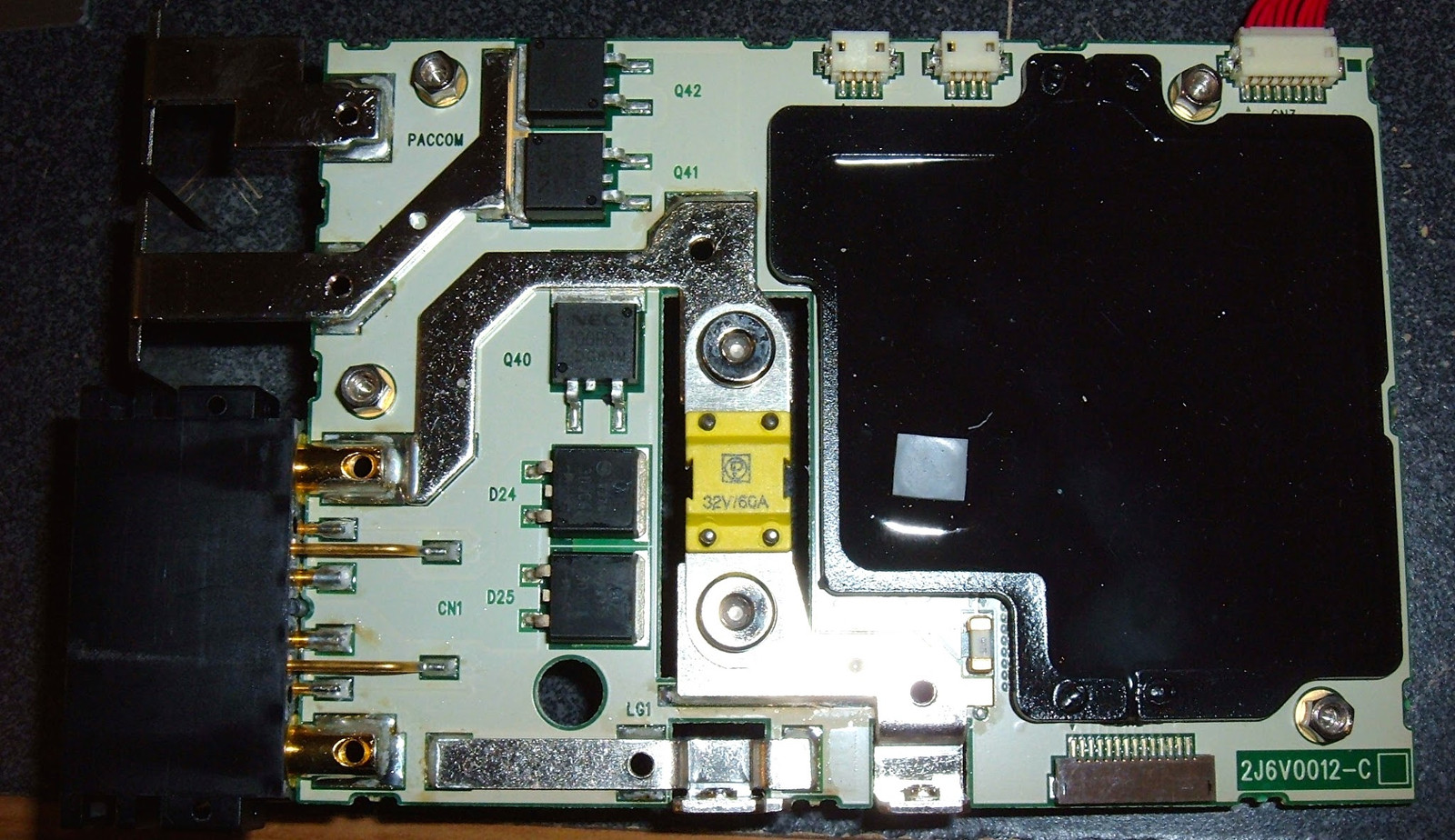
This leaves a few options for people stuck with a dead proprietary battery:
- Scrap the bike. Accept that you purchased a bike with a 3-5 year lifespan, and when it’s worn out, you junk the whole thing. Or replace all the expensive electric bike parts with new, also expensive electric bike parts. Or just scrap the electronic parts and be left with a less-than-ideal bike for non-motorized use. I think this is utterly absurd, but it’s depressingly common.
- Try to find “new old stock” batteries that still work. They exist, but they’re often not in great shape either - at best, they don’t have cycles on them but they still have years on them. Good luck.
- Rebuild the battery pack. This is what I do. This is what Trek and BionX are making a very difficult process, and Schwinn has made basically impossible.
- Bypass the battery pack at some convenient point, and hook up external batteries. This is what some other people try to do. Depending on the system, it can work, but the BionX systems require opening the pack to do this, which can be very difficult. This also requires internal batteries that hold a charge. It’s a valid hack for capacity loss, but it’s not a safe fix for dead batteries.
None of these are amazing options for people who would like to keep bikes running, and many of them require specialized technical skills that are beyond what most bike shops are willing to do.
So, a simple request for those people designing electric bikes: Consider the people who will want to keep them running.
Keeping Electric Bikes Running
If you, as a designer of an electric bike, don’t think anyone will want to keep your bike running in 5 years, then you must think it’s a piece of crap, and you should ask yourself why you’re selling it in the first place (“But Crowdfunding!” is certainly an answer, if a rather slimy one).
However, if you think you’ve designed a good enough bike or conversion kit that people will want to be riding it in 5, 10, 15 years - why are you making it difficult to repair? Your batteries won’t last forever in the best case, and they’ll last a lot shorter in the common case. If you’ve built a good bike, consider that people still ride bikes from the 50s and 60s, and design accordingly. Make it easy for people who want to rebuild your packs!
I have no complaints about the downtube mounted BionX 36v packs. They’re reasonably easy to get apart, and rebuilding them is not a hard process. BionX won’t sell you a new battery for older systems - the best they’ll do is offer you a loyalty discount on a brand new system (spoiler: they’re not cheap).
The Trek Valencia Ride+ pack? What were you thinking? I see no reason whatsoever to use aggressive foam adhesive in holding this pack together. Compressible foam would work just as well for holding the cells in place, without making it nearly impossible to rip open for rebuilding.
The Schwinn Tailwind pack? Forget it. They won’t even talk to you. Schwinn tells you to call someone who has nothing to do with building Schwinn’s batteries, and Toshiba tells you to call Schwinn. It’s totally abandoned by everyone involved in making it, and it’s got an oddball battery chemistry as well - lithium titanate, with a fancy, sophisticated BMS that nobody knows a thing about (except that they end up reliably not working).
I understand that the manufacturers are worried about liability, or lawsuits, or something. Knock it off. If it fails in warranty, it’s your problem. If it fails after that, it’s someone else’s problem, and if you think your product is any good at all, it’s likely that they’ll want to keep using it. Don’t get in their way.
Requests to Electric Bike Manufacturers
- When designing your packs, consider that they are a finite lifespan item on a bike that can and should last radically longer. Consider end of pack life rebuilding when you’re designing a pack.
- Provide full technical information on your packs when you no longer sell them. If you’re not selling them, you can’t lose out on sales from third parties rebuilding, but you can make customers happy with your brand going forward.
- If you build a “kill switch” into your BMS for low voltage conditions, document how to revert it once the cells are replaced. ”Use the proprietary software random users cannot get” is not an acceptable option here.
- Don’t design to prevent owners from using a third party battery pack in the long term. It’s fine if you don’t interface properly with it, but at the very minimum, don’t refuse to operate without the provided battery pack. I should be able to put “Volts & Amps” across a set of terminals and have an operating electric bike.
Thoughts for Buyers
Ask about this before you buy an electric bike. Consider that if you buy one, you may well want to keep riding it past the first battery lifespan. If the battery pack is a glued together pile of proprietary nonsense only sold for a few years, you might not be able to do that. And, even if there is someone who can rebuild it, you’ll pay more and get back a pack that has been pried apart with excessive force. It’s not an appealing situation, is it?
This really is something to consider if you’re buying an electric bike. I love the nicely integrated stuff, but if you want to keep it running for a few decades, the cheap parts out of China are simply better. They interface over a well understood set of unofficial standards, and they interoperate surprisingly well. Volts & amps go in, forward motion comes out. You can mix and match parts at will. Is it as nicely integrated? No. But it’ll be poorly integrated and functional while rolling down the road under it’s own power, which is better than you can say about a BionX system with a dead battery.
If you’re stuck with a dead ebike, I’d love to hear about it in the comments. I care about keeping older stuff running, and I’m slowly building my list of packs I can successfully rebuild. If you’ve got a pack I don’t know, I offer a nice discount on the first rebuild of a new type, if I can rebuild it.
Comments
Comments are handled on my Discourse forum - you'll need to create an account there to post comments.If you've found this post useful, insightful, or informative, why not support me on Ko-fi? And if you'd like to be notified of new posts (I post every two weeks), you can follow my blog via email! Of course, if you like RSS, I support that too.
